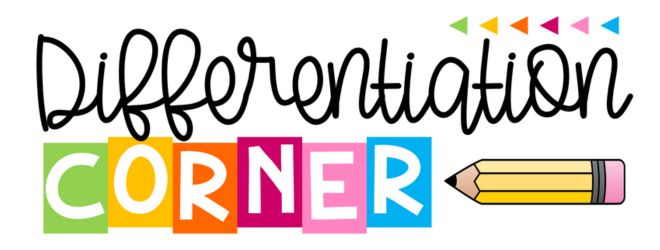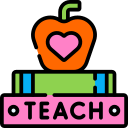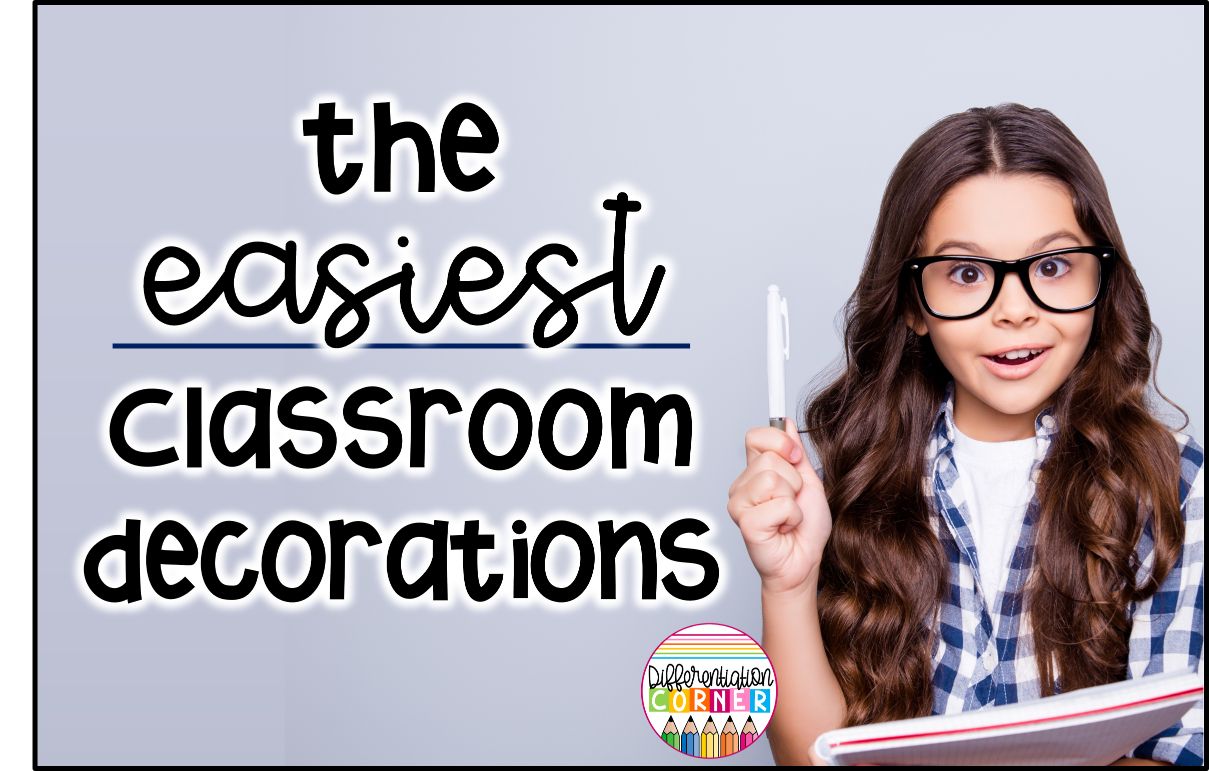As a teacher, my ultimate goal for students is to enjoy reading and feel confident picking out books to read in their free time. There are many elements to growing successful independent readers, but oral reading fluency is SO IMPORTANT for so many reasons! In this blog post, I will share with you how I have helped my upper elementary students become more fluent readers with this system.
A quick look at what reading fluency is
Fluency is reading with reasonable accuracy and rate with appropriate phrasing and expression. Fluent readers are able to automatically recognize many words and rarely struggle over decoding issues. Fluency is a crucial element in successful reading because it allows students to focus on understanding text at a deeper level and make meaning of what is being read with little of their mental effort being spent on analyzing words.
The two big takeaways…
- Early or struggling readers focus efforts on decoding text.
- Skillful readers are able to simultaneously recognize words, decode unfamiliar words, read with appropriate phrasing and expression.

If you do a quick Google search for reading fluency strategies your head might start spinning! There are so many great ideas and fun ways to get students to become more fluent readers. But there is good news! You are already doing many of these things in your upper elementary classroom!
Before I go on, I have a confession to make. I am a closet research nerd. There. I said it. I LOVE reading studies about how the brain works. I am trying hard to focus on classroom strategies right now. deep breath. I will share links to some fascinating articles I read to accurately create this resource and write this blog post at the end. On the off chance that you are a research nerd like me and want to go down that rabbit hole until 2 am 😉
I found that researchers agree that students need to know their sight words and know them well. These words are the most commonly used words in educational materials and vocabulary in books they read. Fluency increases when students have repeated exposure to reading the same common words and phrases. I know I see it on my students faces when the reading becomes easier the second time through the fluency sentences.
For all of these reasons, I decided that focusing on building reading fluency was essential for my students. I set aside a few minutes in each guided reading group to practice our fluency sentences. I chose to base my fluency sentences from the Fry Phrases sets 1 through 6 and use repeated readings. Then I created assessments to match each set. I like consistency, and as all you teachers know, elementary classrooms have a wide range of ability levels!
How I Teach Reading Fluency
How I teach reading fluency varies with each group of students depending on their educational needs and ability to stay on task independently. I know in theory that behavior should not play a role in how instruction takes place, but you know… pesky reality.
- Choral read the sentences in small groups at my guided reading group table to introduce a new set or for struggling students to practice fluent reading.
- Have students time each other while reading the fluency sentences and then record the number of sentences read in one minute.
- Have partners time each other reading a set number of fluency sentences. Then they read through the sentences every day that week at the beginning of their guided reading lesson to see if they can “beat their time from the previous day.
- Record themselves reading the sentences on the iPad or a tape recorder for a set amount of time. I usually use 1 or 2 minutes. Then have them listen or watch the recording and notice how fluent they were while reading them.
- Some struggling students listen or watch a recording of me modeling how to read the fluency sentences while they follow along.
- Sometimes I even send home a set of fluency sentences as homework or assign it in Google Classroom as homework.
- Graphing progress- This is important for student motivation! I can not tell you how much my students LOVE to color in their graph at the end of our guided reading group time. (Time management tip: I do cap graph coloring time to one minute.) It is so motivational for them to watch that graph grow and grow! You can graph progress for any of the above listed fluency instructional strategies. Students, parents, and administration love to see those visual aids of student progress! My principal loves popping in and chatting it up with students about their progress on their graphs. I love to see their faces beaming while they discuss it with her. These graphs are also a great tool for parent-teacher conferences.

Assessment Time
Assessing oral reading fluency in my upper elementary students is a great way for me to collect data to monitor student progress and measure their success. Having this data is great for making decisions in the classroom, like moving guided reading levels, creating reading groups, partnering students, recommending for reading interventions, or special education. It has also helped when communicating with parents about their child’s needs.
I assess oral reading fluency three times a year for most students: at the beginning, in the middle, and at the end of the year. For struggling readers, I assess more often. The student and I sit down individually at my guided reading table and have a pep talk. We look over their graph from previous reads and then discuss their strengths. Then I pick one area of concern for a quick reminder of strategy. Next, we set a timer for one minute and begin reading the fluency sentence strips. I usually use my cell phone because it does not have that “tick tick tick†sound that can really put pressure on students. Then we record the number of strips read in one minute on their graph and discuss how they did.
Pro Tip: If they made great gains that day, I try really hard to have them help me make a quick positive call home or write a little note on a post-it. You can use any kind of positive classroom reward system here. I find that calling home for positive reasons makes a huge difference in the bond between school and home. You won’t regret the investment made in that student, I promise!
Every two to three weeks, I will do a running record style assessment on a new set of fluency sentence strips. These fluency assessments can be as detailed as you need. Most of the time, I allow the student to read the whole selection of sentences indicated on the sheet to get a better picture of the students reading ability and where the tangles lie. I take notes along the margins of the paper of reading behaviors I notice.
- Did the student read word by word?
- Did the student make self-corrections?
- Did the student repeat words or phrases?
- Did the student omit any words?
- Did the student emphasize words?
- Did the student read with an appropriate tone?
I refer to these notes and records often to analyze reading patterns to identify instructional needs for each student. This is really helpful for grouping students into guided reading groups!

With the added bonus of virtual teaching and learning that 2020 has given us, I have adapted my fluency instruction, activities and assessments to be used in Google Slides and Google Classroom. Right now our school district is in hybrid learning. So half of our students attend classes each day, and the other half are distance learning online. If our COVID 19 cases get to a certain percentage of our population, then our district will move to all online classes.
I sincerely hope this has given you some insight on how to teach reading fluency in your classroom and why it is so important to your students!
If you would like to save this post to read again later, pin the image below! Thanks for reading!

Links to FASCINATING FLUENCY Articles
https://www.readinghorizons.com/reading-strategies/teaching/fluency/reading-fluency-is-it-really-that-important https://literacyworldwide.org/docs/default-source/where-we-stand/ila-reading-fluently-does-not-mean-reading-fast.pdf http://www.ascd.org/publications/educational-leadership/mar04/vol61/num06/Creating-Fluent-Readers.aspx https://www.readandspell.com/us/fluency-strategies-for-struggling-readers

















